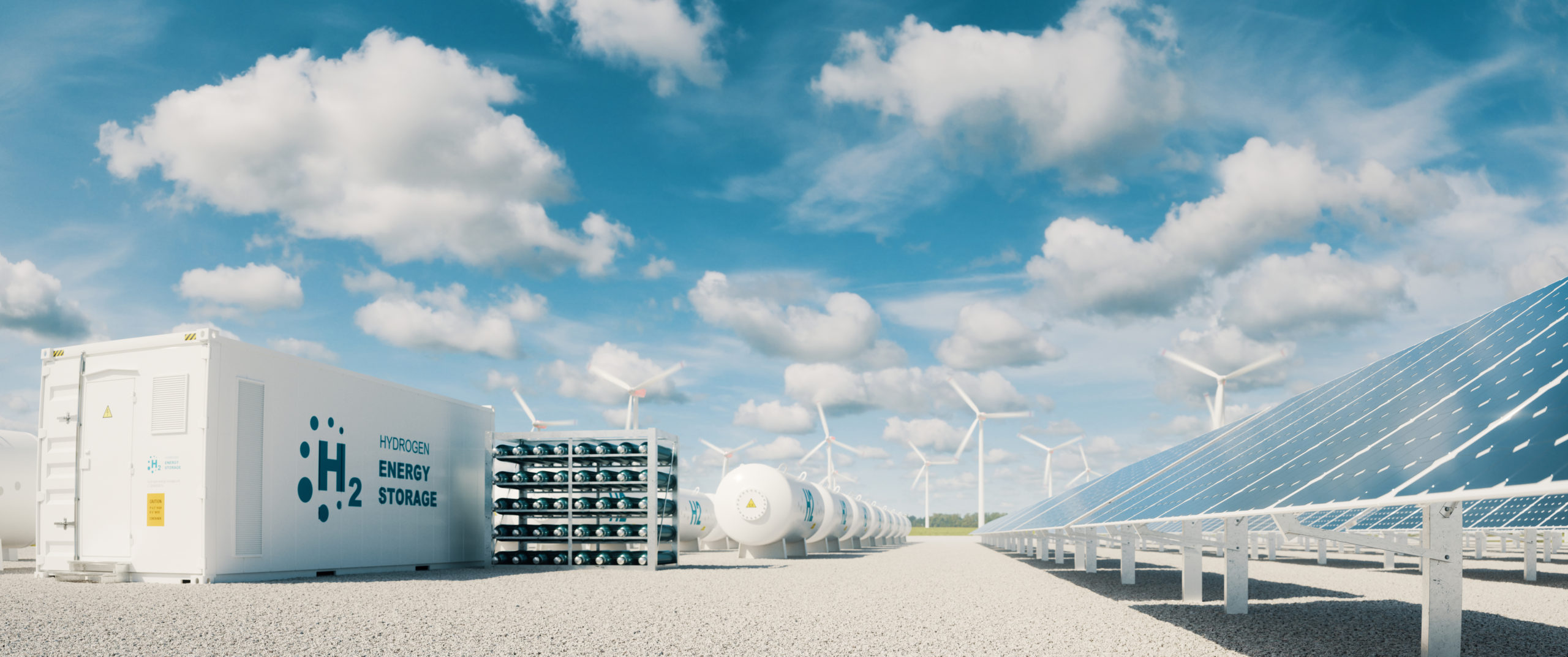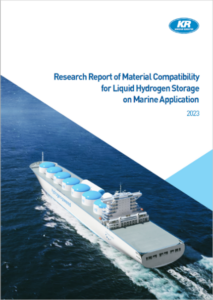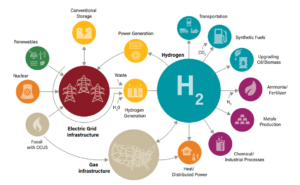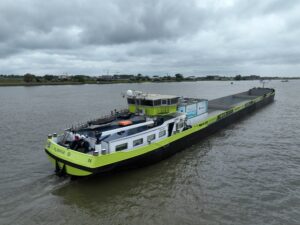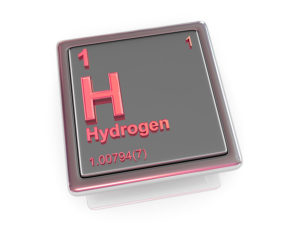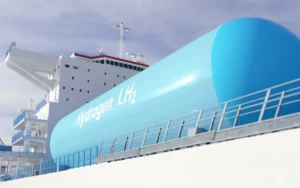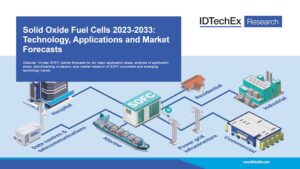The extent to which Europe will incentivise hydrogen and e-fuels in the new FuelEU Maritime regulation has been brought into focus by a new proposal.
Hydrogen will play a critical role in the decarbonisation of shipping, both directly and as a feedstock in other e-fuels like ammonia and methanol. A regulatory quota on the amount of hydrogen used by ships would certainly help accelerate this uptake, but at what cost?
Earlier this week Transport & Environment, backed by a range of fellow climate NGOs, hydrogen and renewables interests, ports and shipowners, urged the European Parliament to include a quota in the FuelEU Maritime regulation, which will require the use of low-carbon and renewable fuels to reduce carbon intensity in shipping from 2025.
Transport & Environment and its co-sponsors are asking for three provisions to be added to the FuelEU Maritime draft:
- A sub-target for use of a minimum percentage of e-fuels by 2030 as part of the FuelEU Maritime. A target of 6% of the energy demand used by ships is recommended;
- A multiplier for use of e-fuels above the sub-target, allowing every tonne of such fuel to count 5 times to drive e-fuel investments;
- Targets for the deployment of sustainable hydrogen and hydrogen-based fuels refuelling points in European ports, to enable supply of all e-fuels to the shipping sector;
The coalition believes that FuelEU Maritime needs to do more to encourage the uptake of e-fuels derived from hydrogen. Without such incentives, they argue that ship owners will opt for small reductions in carbon intensity by using LNG or drop-in biofuels, rather than the significant reductions that can be achieved by using hydrogen, ammonia or methanol.
The proposals would certainly provide impetus to scale up production, distribution and use of e-fuels. But regulators will need to consider the impact of the measures on several fronts.
Competition and cost
A specific mandate would depart from the principle of technology neutrality that underpins the FuelEU Regulation; the ultimate goal of the regulation is to help the EU reach climate neutrality, rather than specify what technologies ships should use to get there. In previous discussions on the regulation it has been noted that showing preference for a specific fuel type would drive both fuel costs and technology development in a way that would reduce the freedom of shipowners to adapt to the transition.
A sub-quota on hydrogen and e-fuels would force operators to choose between a limited range of fuels regardless of price or the availability of cheaper alternatives that could still meet the early stages of the carbon intensity reductions outlined in the regulation. By creating a fixed demand for e-fuels, a mandatory quota would reduce the incentive for suppliers to strive for reducing costs.
Alternative fuel distribution is governed by two other elements of the EU Fitfor55 package of regulations. Europe’s Renewable Energy Directive III (RED III) proposes that e-fuels reach a mandatory 2.6% share of EU’s overall energy consumption by 2030. And the Alternative Fuels Infrastructure Regulation (AFIR) addresses how the use of these fuels can be supported by a distribution network. But AFIR does not include distribution of these fuels at ports. Part of the reason is that mandating the deployment of e-fuel bunkering in all European ports would be disproportionately expensive given the limited supply and demand for these fuels.
Incentives not mandates
The targets set in FuelEU Maritime give the industry a clear signal that after 2035, the level of carbon intensity reductions required would be hard to meet without using e-fuels. The timeline is intended to give markets time to adjust to the new levels of supply and demand. One way to encourage uptake while minimising the cost impact of mandated quotas is the use of multipliers. The current FuelEU Maritime text, after discussion by the European Council, proposes an e-fuel multiplier of 2 until 2030 and 1.5 until 2035, meaning that one tonne of e-fuel would be counted as two tonnes.
But multipliers need to be used carefully to avoid distorting the scale of emission reductions too much. For example, a multiplier of 5 would mean that a vessel only needs to use enough e-fuel to reduce carbon intensity by 1% in order to meet record a 5% carbon intensity reduction according to the regulation – although of course in reality it has cut emissions by far less. High multipliers therefore risk dramatically diluting the actual greenhouse gas emissions impact that can be achieved under FuelEU Maritime.
A hydrogen quota has clear appeal, but some pitfalls too. It could hinder the cost reductions that would occur naturally as e-fuels mature, disincentivise technology development in other areas and place unreasonable cost demands on shipowners and ports. An inappropriate multiplier could reduce the achievable emissions reductions across the lifetime of the FuelEU Maritime regulation.
Many parties to the regulatory process will sympathise with the need to further promote use of renewable, carbon-neutral and zero-carbon fuels. But others are likely to argue that, while such fuels remain scarce, regulations need to stimulate the use of all options to meet early targets.
The FuelEU Maritime regulation is currently working its way through the EU legislative process, with a vote in the European Parliament scheduled for September. After that, the new text will be discussed in tripartite discussions between the European Parliament, Commission and Council. The extent to which hydrogen and e-fuels should be pro-actively encouraged above other options will be a critical part of upcoming discussions.























